| |
|
|
| |
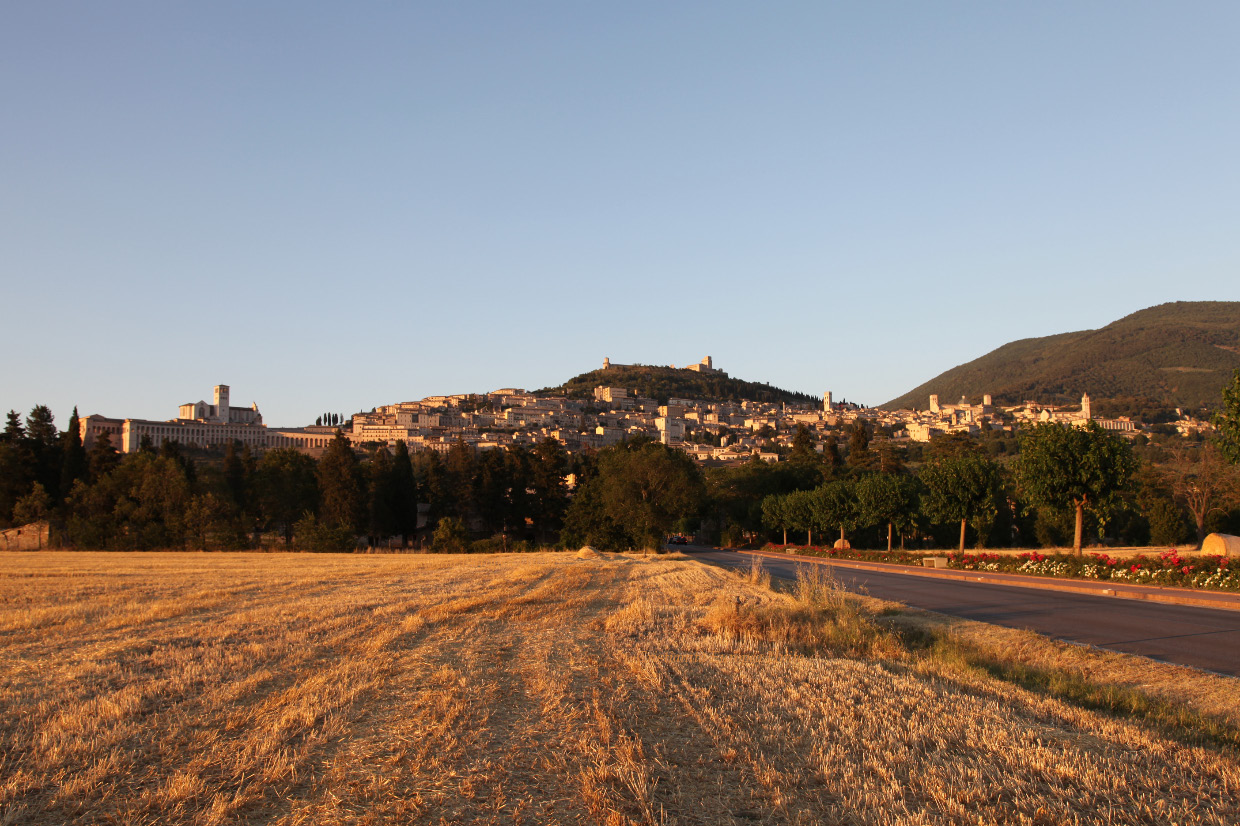 |
|
| |
Assisi at dusk in July of 2012 |
|
| |
Questo elenco di paesi i cui territori e popolazioni sono parti costituenti della Cristianità Europea Unita è da considerarsi di fatto, e non soggettivo. Esso rappresenta quei territori che fanno parte della Cristianità europea, e non i territori che dovrebbero farne parte. Non è coestensivo alla Chiesa. La Chiesa è universale ed eterna. La Cristianità Europea Unita potrebbe occupare il 48 per cento della superficie della Terra, comprendere una popolazione di circa 1,2 miliardi di persone con un PIL nei dodici mesi del 2012 di (dollari USA) $40.238.403.000.000 (circa il 56 per cento del totale mondiale), e durare come civiltà per 50.000 anni, o invece per meno dello stesso numero di giorni. In ogni caso, la Cristianità Europea Unita non sarà né universale, né eterna. Con la grazia di Dio, la Cristianità Europea non coincide nemmeno con la Cristianità. Molte persone provenienti da altre culture sono cristiani, e forse cristiani migliori - e più vicini a Dio - rispetto a molte altre persone all'interno della Cristianità Europea. I paesi inclusi nella lista sono quelli le cui popolazioni (i) storicamente sono state, per netta maggioranza, sia etnicamente europee che cristiane - cristiane attraverso il battesimo e per convinzione ed autoidentificazione - e (ii) attualmente sono popolate, di nuovo per netta maggioranza, dai discendenti della Cristianità Europea. Molto è stato e sarà detto e scritto sulle parole e sui concetti di cui alla frase precedente. Alcune discussioni e, si spera, intuizioni trapeleranno anche dal film, United European Christendom – Heal the Schism Now! (Cristianità Europea Unita - Sanate Lo Scisma Ora), ma il film tratta soprattutto della riunificazione della Chiesa. |
|
| |
|
|
|
| |
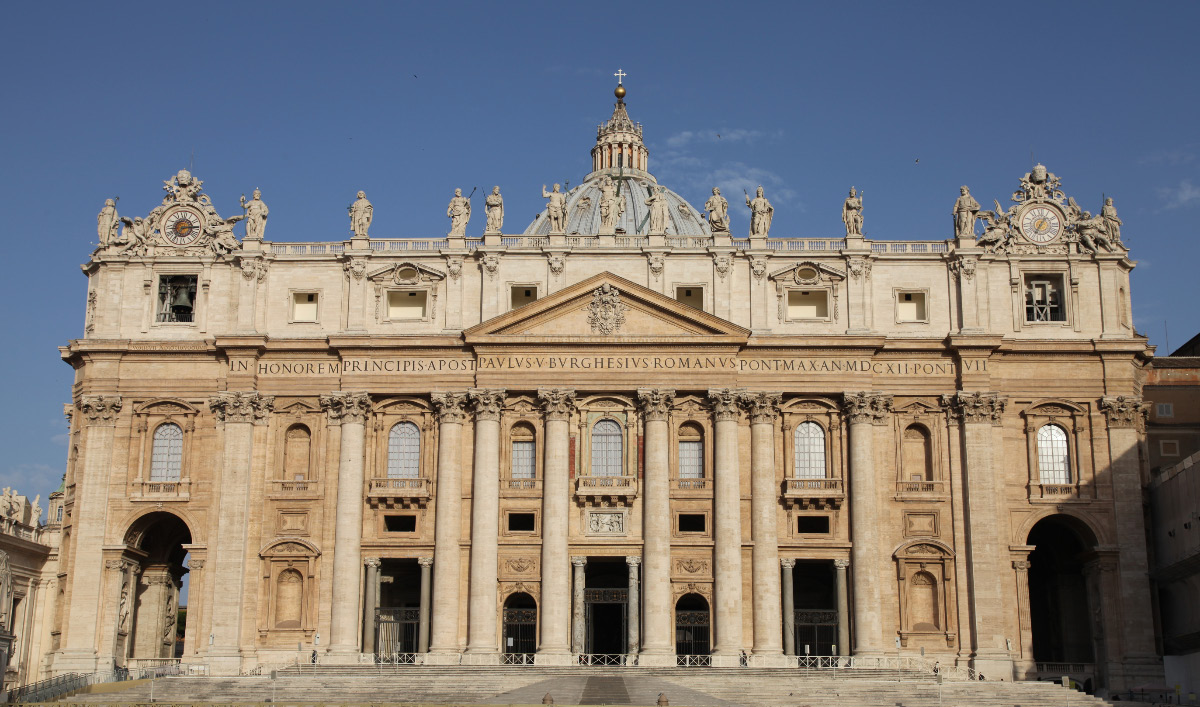 |
|
| |
|
|
| |
Basilica Sancti Petri – Saint Peter's Basilica was built from 1506 and consecrated on 18 November 1626. The pictured 115 meter-wide, and much-criticized palatial façade was built from 1608 to 1615 on the plans of Carlo Maderno (1556 – 30 January 1629). Maderno also elongated the architectural plans for the nave into a Latin Cross plan from the earlier Greek Cross plans of both Donato Bramante (1444 – 11 April 1514) and Michelangelo di Lodovico Buonarroti Simoni (6 March 1475 – 18 February 1564). Though the cross atop the dome reaches to 136.6 meters above the pavement below, the effective setting back of the dome from the façade through the elongation of the nave, plus the circumstance that façade itself is nearly 46 meters in height, mean that the dome is scarcely visible, then not visible at all, as one approaches still some distance from the façade. Four centuries and more on, in scale still the grandest Church in Christendom. Lying entirely within the sovereign territory of the Vatican City State, one might say this is not Terra Italian.
Much smaller, though not small, in scale and able to accommodate thousands of worshipers at the same time, the earlier structure on this spot, L'antica basilica di San Pietro – Old Saint Peter's Basilica, did have the advantages of antiquity; that it was ordered constructed by Emperor Constantine the Great and was consecrated in 360 Anno Domini; that it housed the tombs of unnumbered saints; and the circumstance that the Sale of Indulgences — standing large on the list of the causes of the Protestant Reformation — were not used to finance its construction. |
|

Arch of Constantine, Rome |
|
|
|

Ufizzi, Florence |
| |
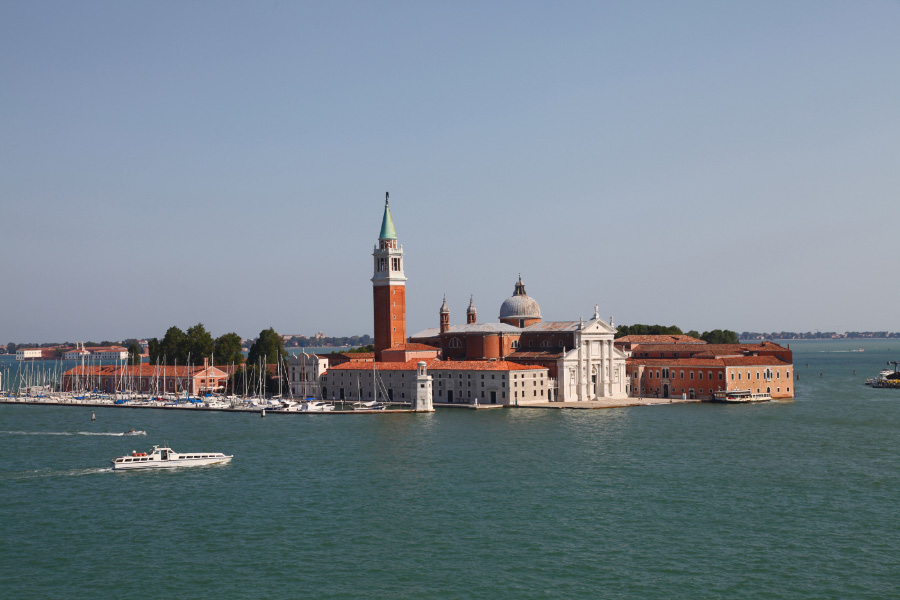 |
| |
|
San Giorgio Maggiore a Venezia. There was already from the IX or even the VIII century a Church here dedicated to Άγιος Γεώργιος – Sanctus Georgius – Saint George (* c. 280 in Lydda – martyred in Nicomedia on orders of Diocletian 23 April 303 †). |
| |
|
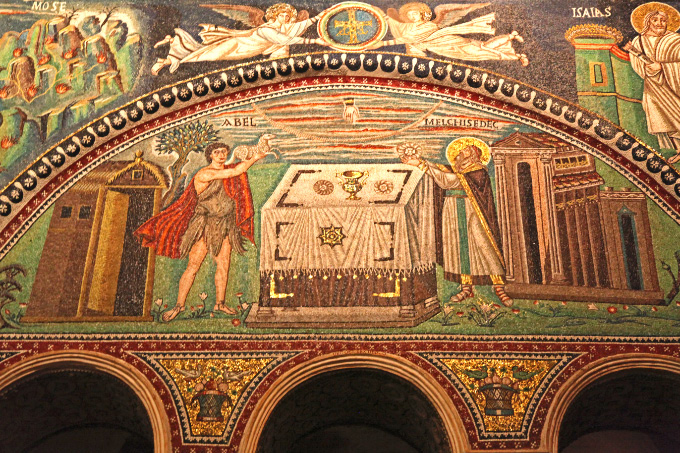 |
| |
|
... in Ravenna in Basilica of San Vitale, 6th century mosaic of Abel and Melchisidec |
|
|

Duomo, Firenze-Florence |
|
|
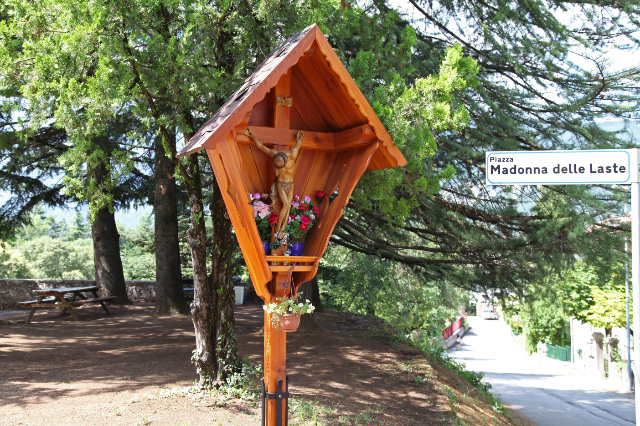 |
|
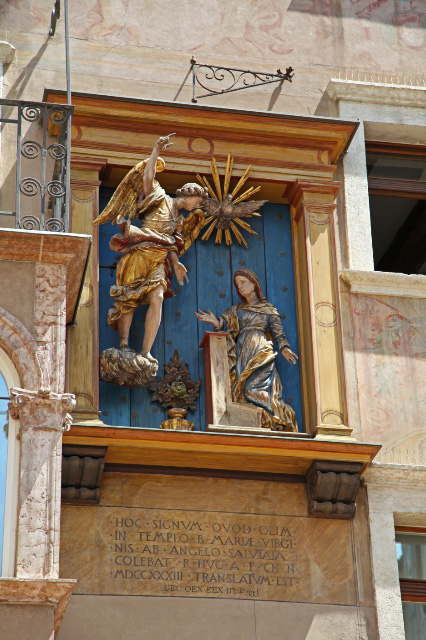 |
| ... Trento |
|
|
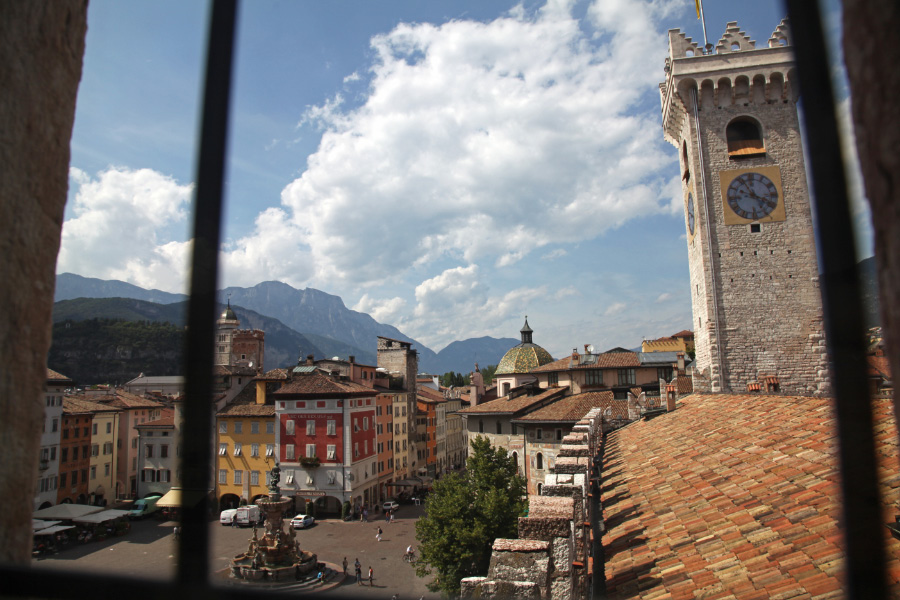 |
|
|
| Trento and Torre Civica from a window of the 13th century Palazzo Pretorio, now the Tridentine Diocesan Museum. |
|
|
|
|
|
| |
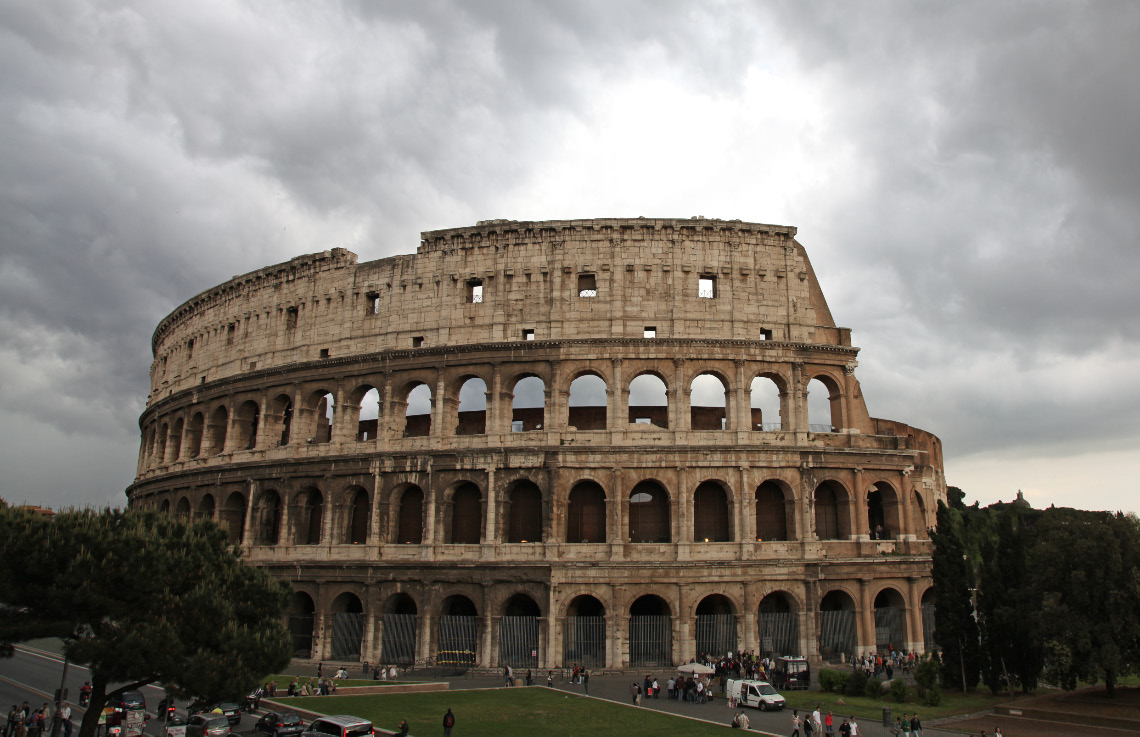 |
|
| |
Holy Shrine of Christian Martyrs — Amphitheatrum Flavium, il Colosseo – the Colosseum |
|
| |
|
|
| |
Following on the reign of the first five Roman Emperors, together the Julio-Claudian Dynasty; the suicide of its last demonaic emperor, Nero, in 68; and the Year of the Four Emperors in 69; came the short-lived but exceptionally eventful Gens Flavia – Flavian Dynasty, hence the name of the amphitheater. Though at twenty-seven years, from 69 to 96 Anno Domini, perhaps this Favian Dynasty was not so very short by the then standards of imperial governance. Its three emperors were Vespasian (r. 69–79), and his two sons Titus (r. 79–81) and Domitian (r. 81–96). Titus Flavius Caesar Vespasianus Augustus (17 November 9, r. 1 July 69 – 23 June 79) was declared emperor by his legions in Roman Egypt and Judaea while |
|
| |
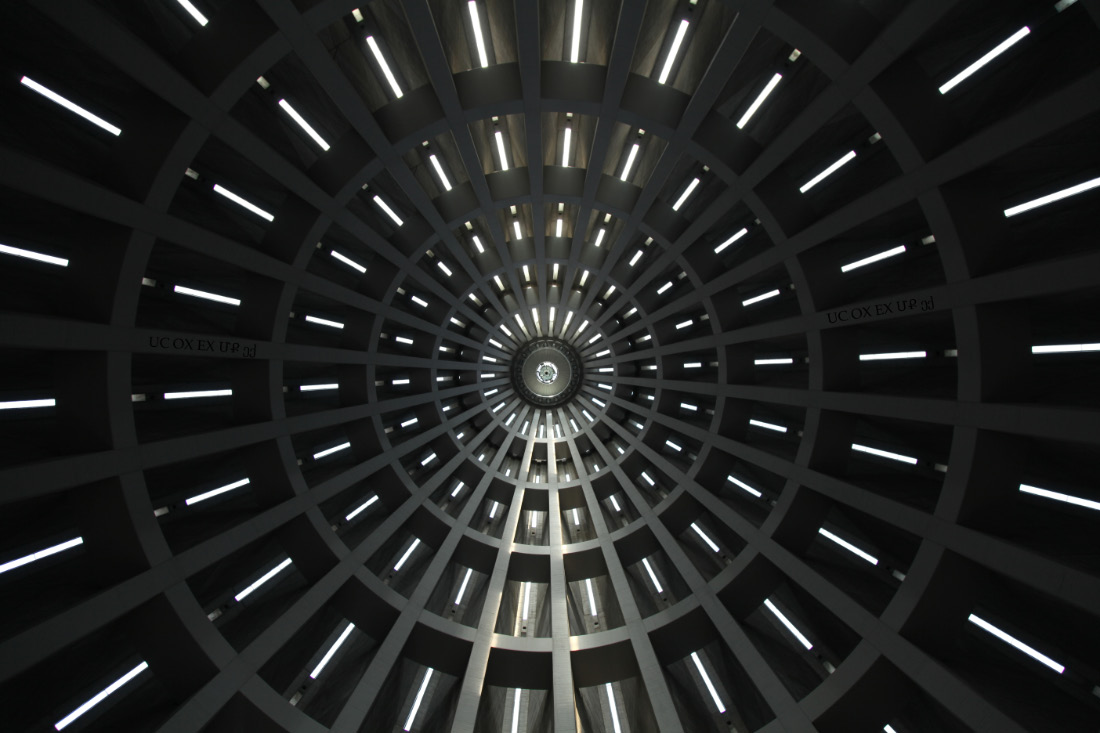 |
|
| |
Il santuario della Madonna delle Lacrime a Siracusa in Sicilia in Italia – The Shrine of Our Lady of Tears in Syracuse in Sicily in Italy |
|
|
|
|
| |
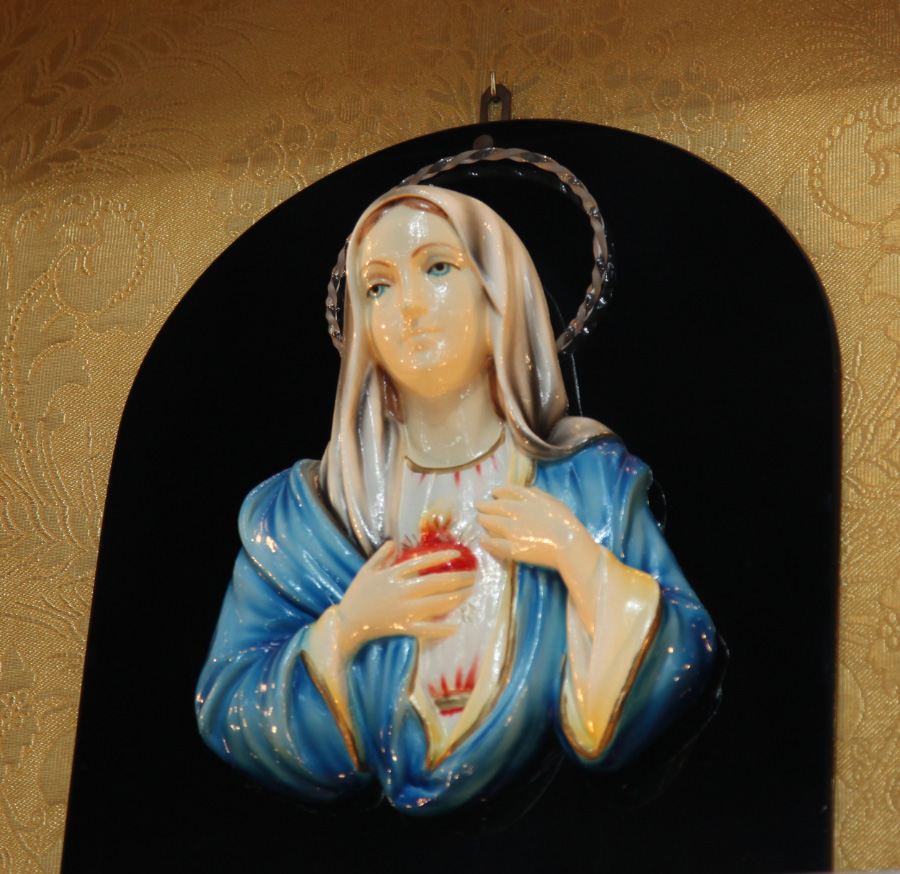 |
|
| |
Madonna delle Lacrime – Our Lady of Tears |
|
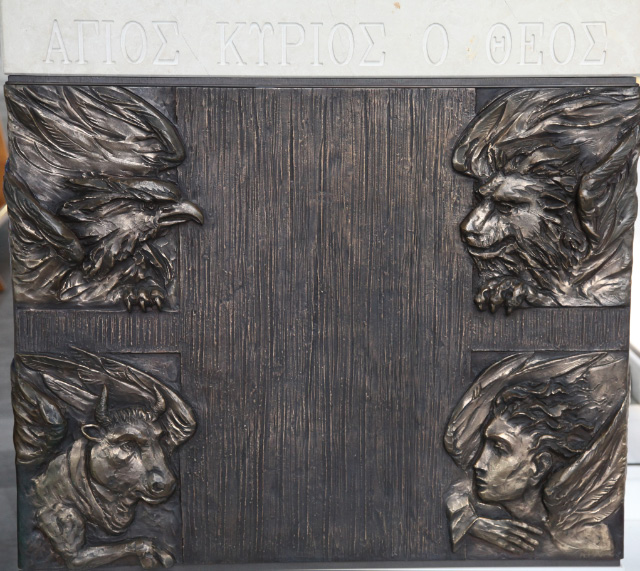 |
|

|
| ΑΓΙΟΣ ΚΥΡΙΟΣ Ο ΘΕΟΣ – HOLY LORD GOD |
|
|
| |
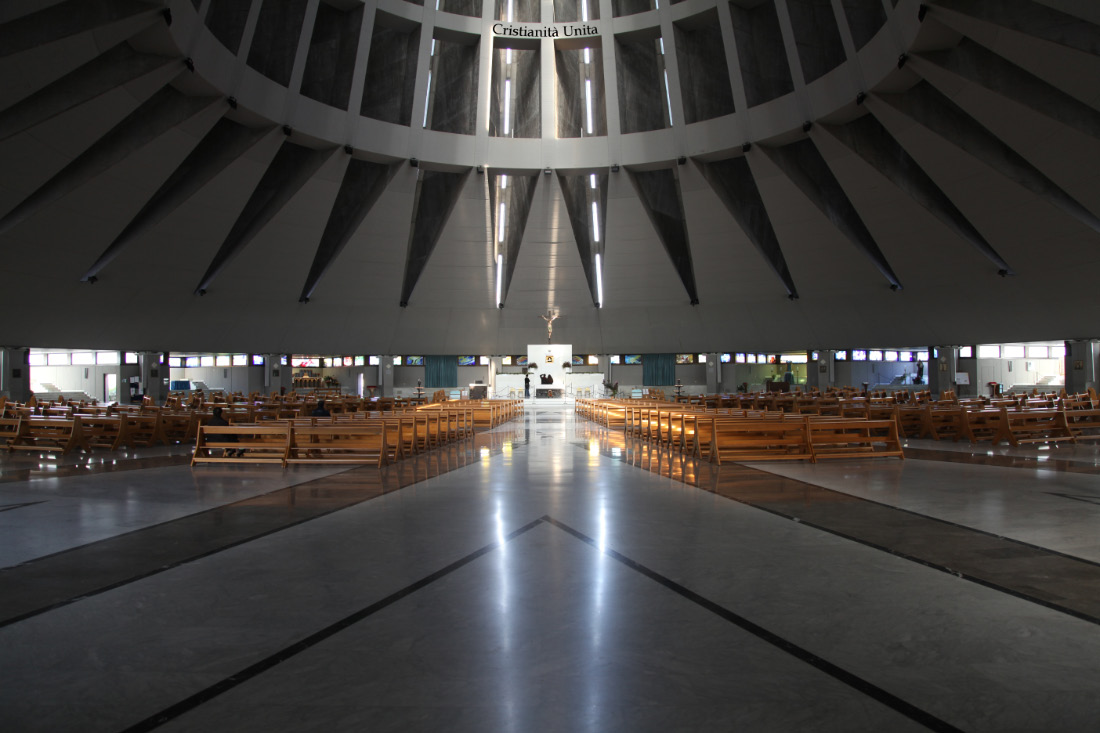 |
|
| |
Il santuario della Madonna delle Lacrime a Siracusa in Sicilia in Italia – The Shrine of Our Lady of Tears in Syracuse in Sicily in Italy |
|
| |
Pope Adrian IV (* c. 1100 born Nicholas Breakspear; reigned from 4 December 1154 to 1 September 1159 †), the connection of the only English Pope to Sicily and to the central theme of the unity of the Orthodox-Catholic Church may be unexpected, but the connection is a strong one, even if unsuccessful at the time. |
|
| |
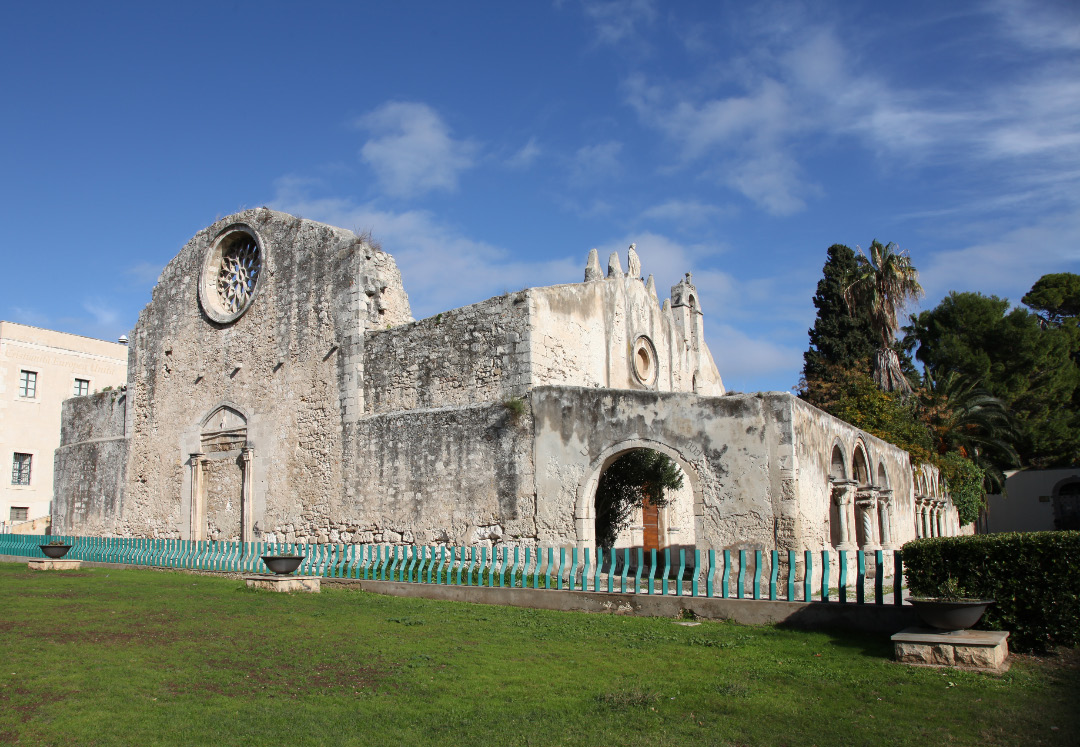 |
|
| |
Chiesa di San Giovanni alle Catacombe di Siracusa – Church of San Giovanni of the Catacombs of Syracuse |
|
|